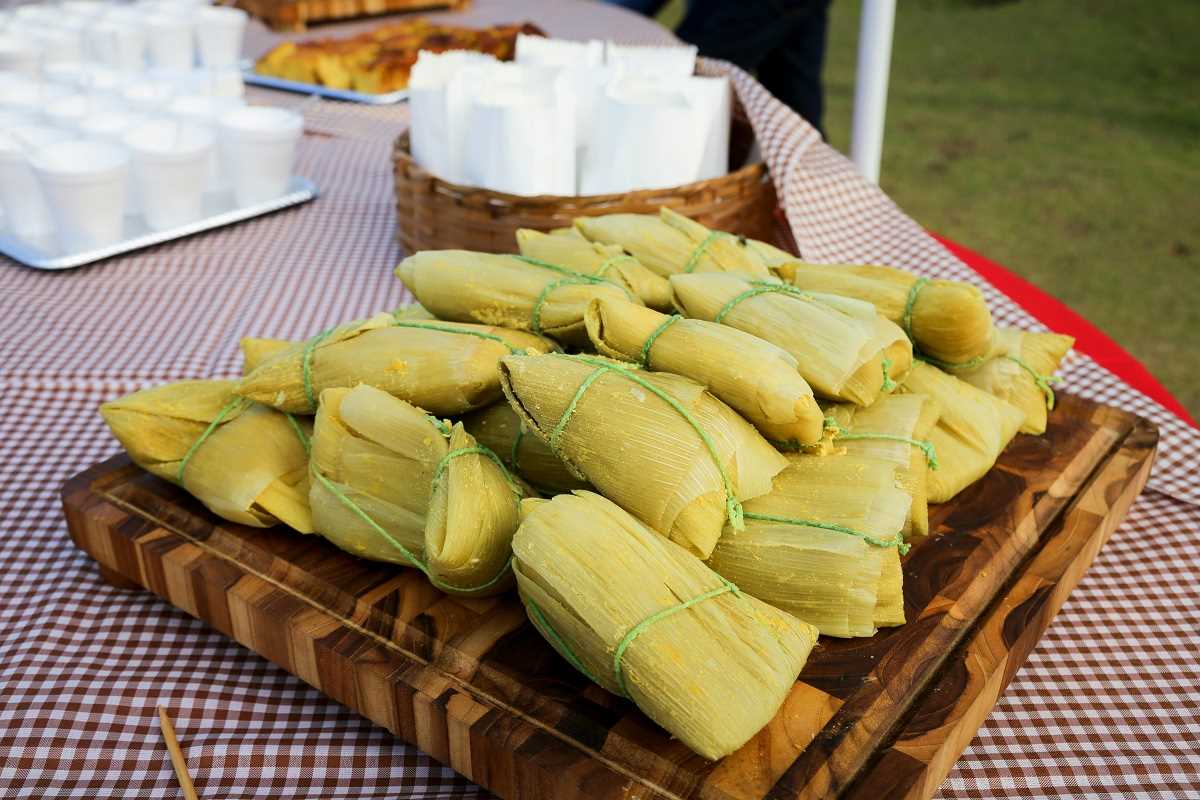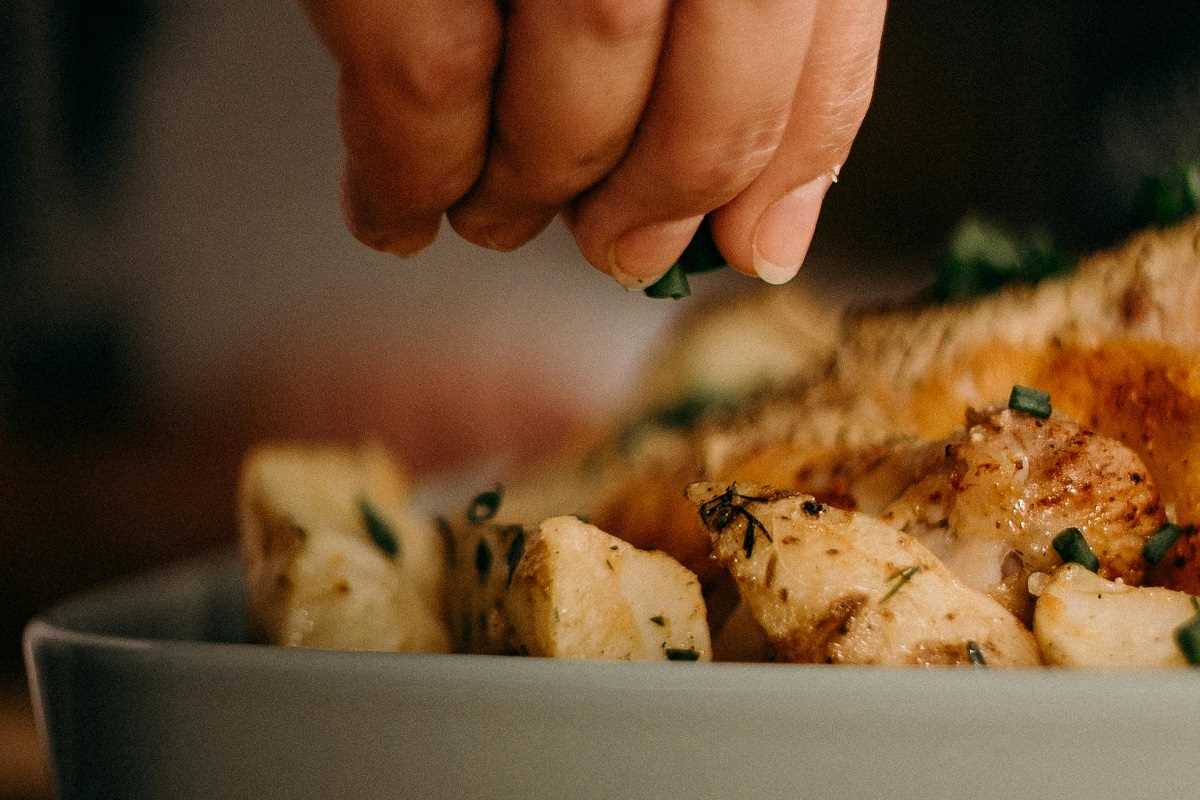Exploring plant-based cuisine across different continents uncovers a rich tapestry of history, tradition, and emotion behind every bite. Street vendors in Southeast Asia serve vibrant, vegetable-focused dishes that reflect centuries of culinary evolution, while cozy bistros tucked away in European cities offer recipes passed down through generations. Each plate holds the unique imprint of the region’s climate, the ingredients available, and the cultural values that shape daily life. As you taste these diverse creations, you connect with stories and customs that have influenced communities for ages, making every meal an experience that goes far beyond simple nourishment.
Whether you wander through bustling markets or dine in intimate family-run kitchens, you find inventive uses of local vegetables, grains, and legumes. These meals invite you to connect deeply with traditions, offering fresh perspectives on simple ingredients.
Discovering Local Flavors Through Plants
Regional spice blends and age-old cooking techniques turn humble produce into unforgettable creations. In Morocco, preserved lemons and olives add depth to tagines filled with carrots and zucchini. In India, coconut-infused stews highlight the sweetness of seasonal yams and eggplant.
This approach goes beyond listing menu items. By tracing ingredients back to local farms and foraging paths, you understand how geography influences taste. You learn to read labels in foreign markets and ask vendors about heritage varieties, so you can seek out those vibrant heirloom beans or pink Himalayan salt crystals.
Cultural Connections in Each Bite
Every plant-based specialty teaches a lesson in community. In Japan, soybeans symbolize renewal; a shared bowl of miso soup bridges generations at family tables. In Mexico, corn masa connects history and ceremony, turning fresh tortillas into portable symbols of identity.
Seeking these stories sharpens your palate and curiosity. You notice the nod to ancestral recipes in a fermented kimchi taco or understand why certain kitchens still smoke eggplants over wood embers. These insights elevate every meal from mere sustenance to genuine cultural dialogue.
Actionable Steps for Enjoying Plant-Based Delights
- Ingredient Hunt – Source vibrant greens directly from farmers.
- Purpose: Peak-fresh produce enhances nutrition and taste.
- Steps:
- Compare stall prices against quantity.
- Ask vendors about harvest dates.
- Inspect leaves for crispness and freshness.
- Negotiate discounts near closing time.
- Cost: ~$2–$5 per kilogram for in-season items.
- Insider Tip: Shop with a local who knows hidden stalls selling heritage produce at better rates.
- Seasonal Menus – Dine in sync with harvest cycles.
- Purpose: Celebrate ingredients at their best while supporting local farmers.
- Steps:
- Check online menus before booking.
- Ask servers about weekly highlights.
- Request off-menu items when possible.
- Cost: Expect $3–$7 menu supplements for rare items.
- Insider Tip: Visit midweek when chefs often feature creative tastings from surplus produce.
- Menu Translation Tools – Decode plant-based options with confidence.
- Purpose: Ensure authenticity and avoid animal byproducts.
- Steps:
- Download food dictionary apps or carry a phrasebook.
- Highlight key terms like “fermented soybean paste” or “rice cake.”
- Save favorite phrases for offline use.
- Availability: Free apps with offline functionality after download.
- Insider Tip: Record native pronunciations for smoother ordering.
- Cooking Workshops – Learn hands-on regional techniques.
- Purpose: Bring new plant-based cooking skills home.
- Steps:
- Book through cooperatives or cooking schools.
- Visit markets with instructors to select ingredients.
- Cook multiple dishes under their guidance.
- Taste and adjust seasonings.
- Cost: ~$30–$60 per session, ingredients included.
- Insider Tip: Pick small-group classes for more personal guidance.
- Etiquette Exchange – Build rapport through dining customs.
- Purpose: Deepen cultural appreciation and conversation.
- Steps:
- Watch gestures and utensil use.
- Ask permission before sharing.
- Offer compliments in the local language.
- Match the pacing of each course.
- Cost: Free, aside from a customary tip.
- Insider Tip: Carry a small token from home—like local spices—to spark dialogue.
Navigating Plant-Based Menus Abroad
Menus often list dishes without clear labels, so learning regional terminology helps you find naturally meat-free options. In Greece, look for “ladera,” which means vegetables cooked in olive oil and tomato. In Vietnam, “rau muống xào” signals stir-fried water spinach, free of fish sauce when you confirm with your host.
Use this quick-reference bullet list when browsing menus:
- Italy: Legume stews labeled “minestra,” risotto made with vegetable broth called “riso in brodo vegetale.”
- Spain: “Escalivada” for grilled vegetables, “pisto” for ratatouille-style mixes.
- Thailand: “Pad pak” indicates stir-fried veggies; specify no fish sauce for full vegan.
- Mexico: “Guisado de nopales” means cactus stew; always check for lard in cooking.
- Morocco: “Zaalouk” for smoky eggplant salad, naturally vegan when prepared traditionally.
Building Cultural Etiquette and Conversation
Show thoughtfulness by offering small gestures like refilling drinks or helping with simple tasks, which signal respect in many cultures. Share genuine feedback about flavors, textures, or colors to spark deeper conversations about family traditions and seasonal dishes. With curiosity and mindfulness, every plant-based meal becomes a chance to connect, learn, and savor meaningful discoveries.
 (Image via
(Image via





